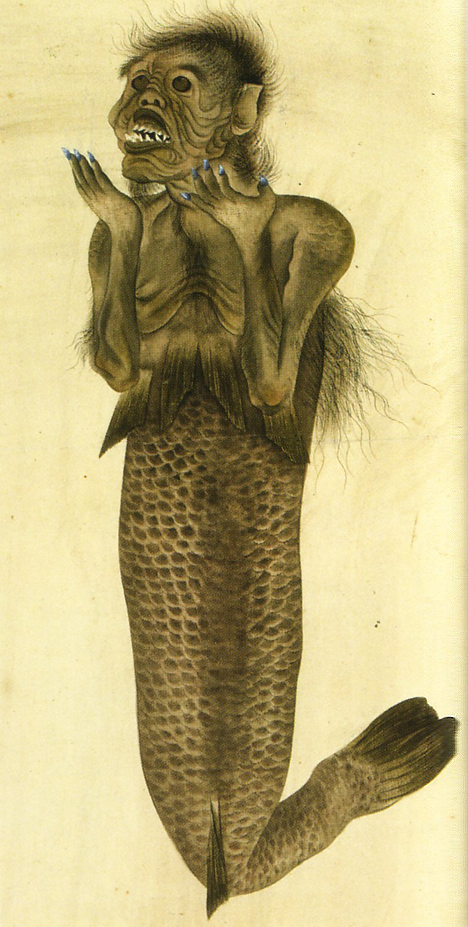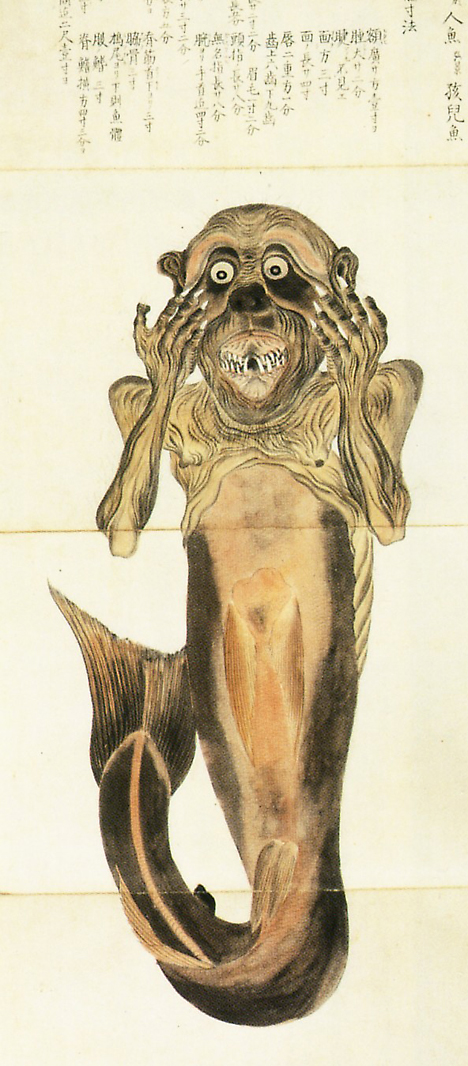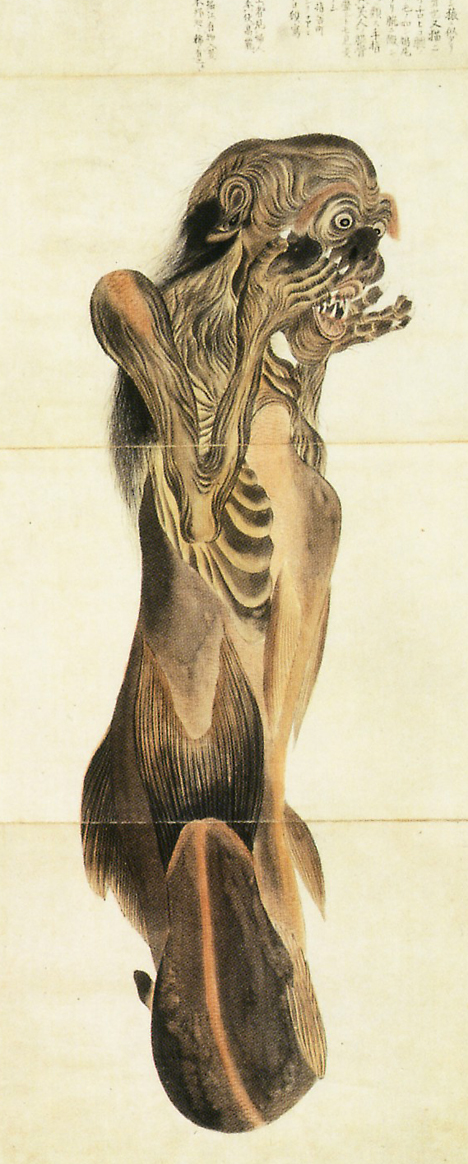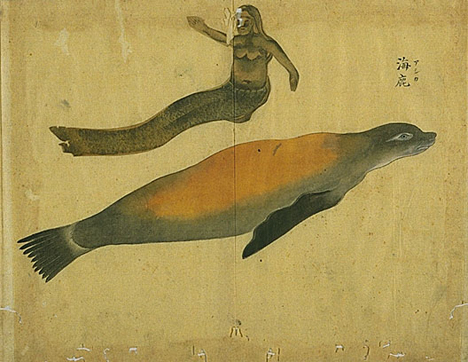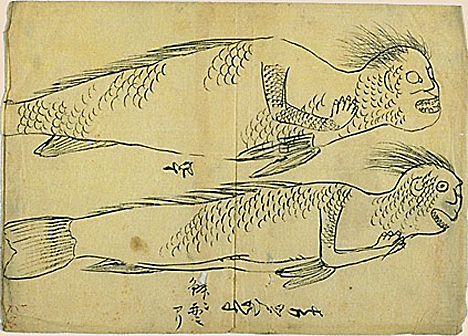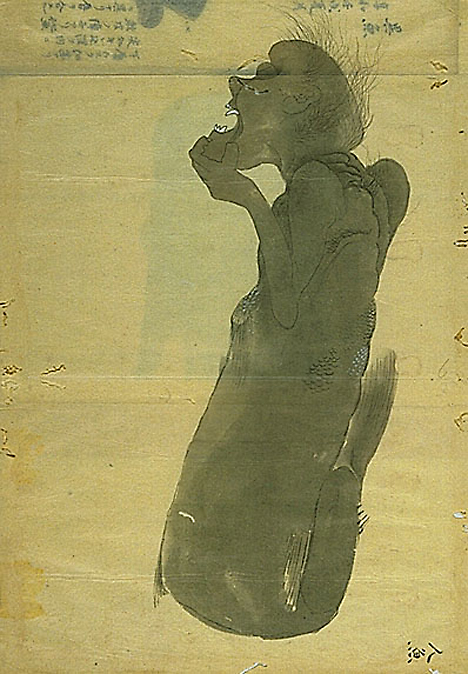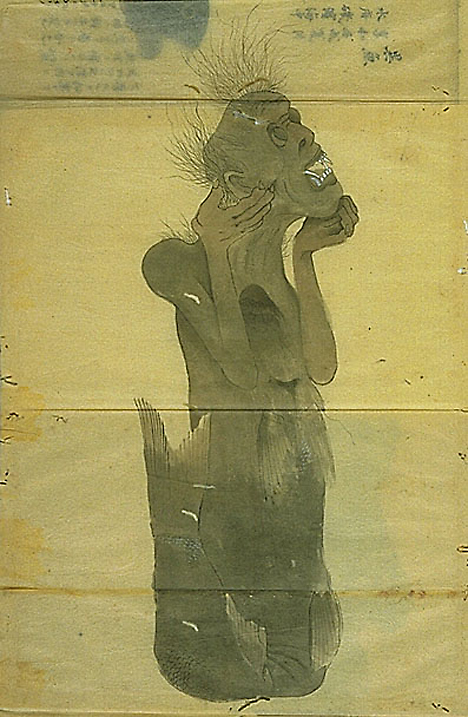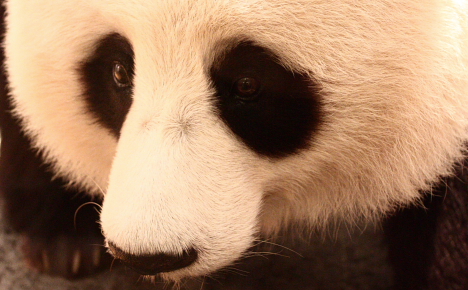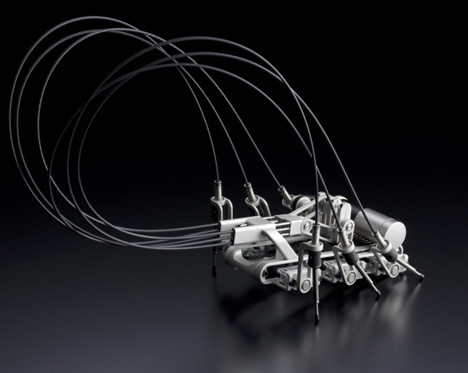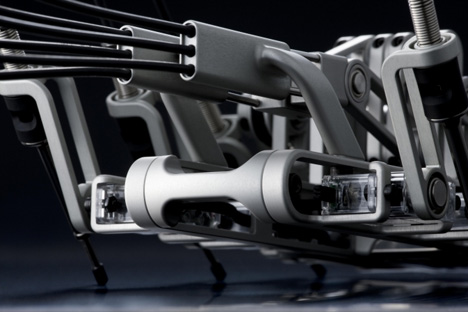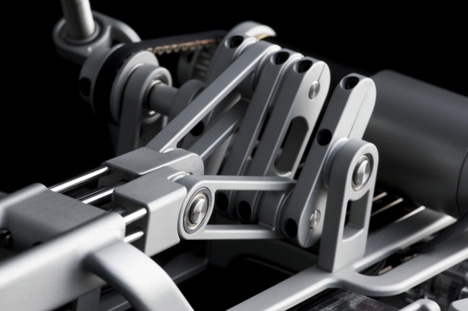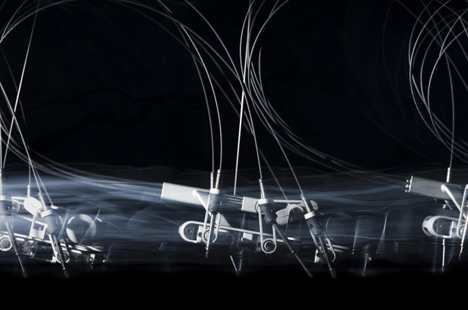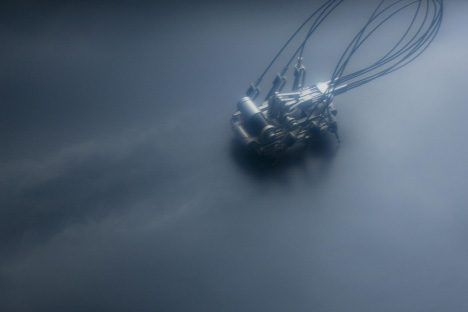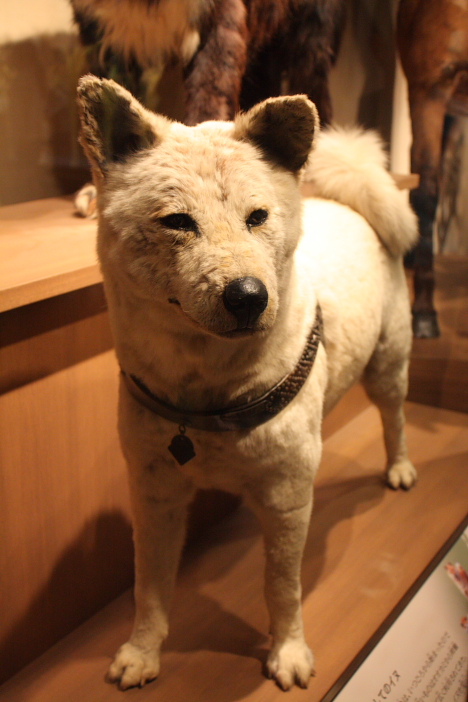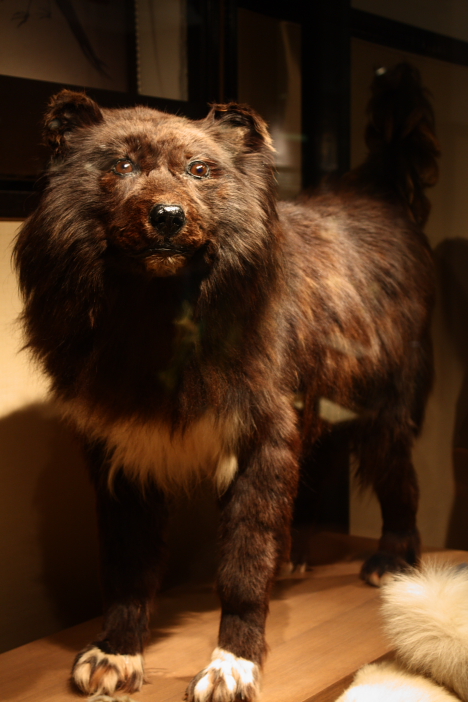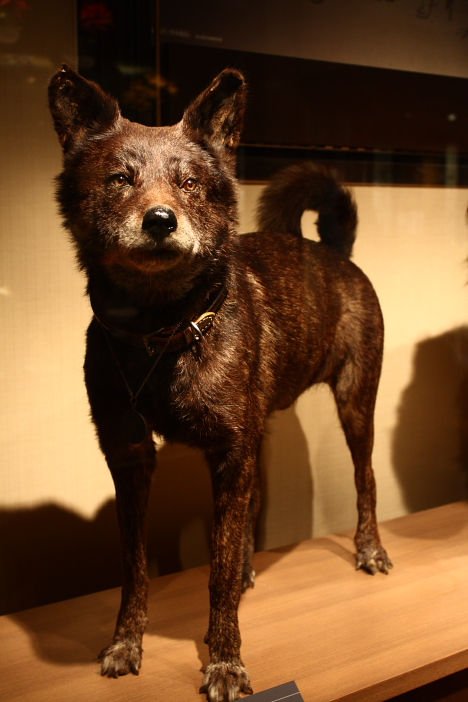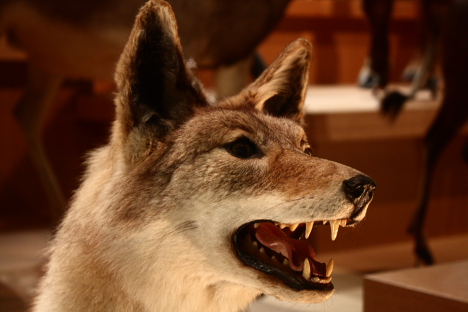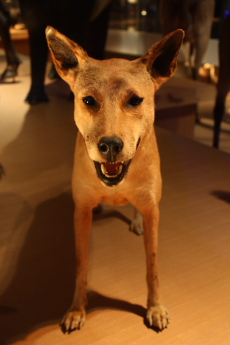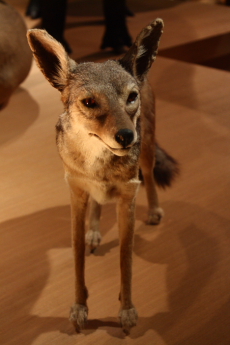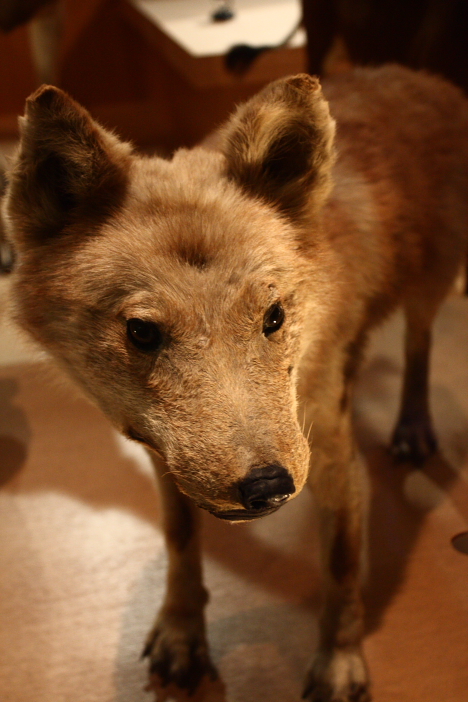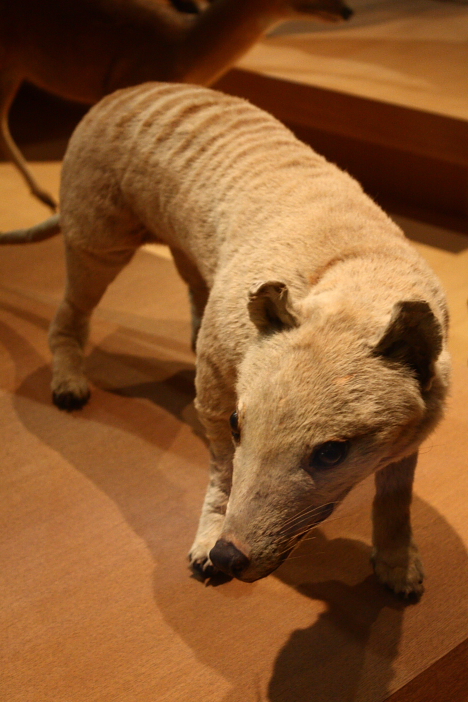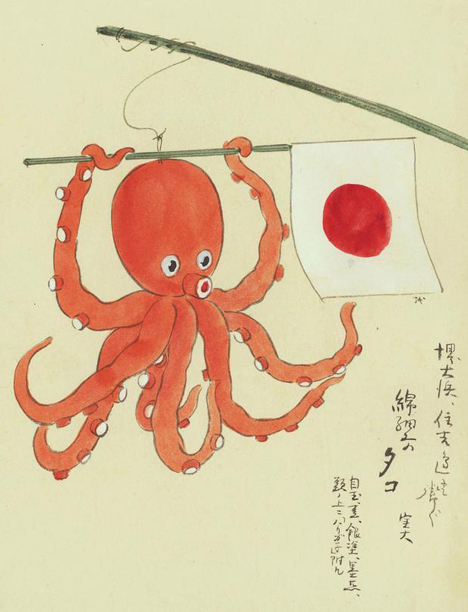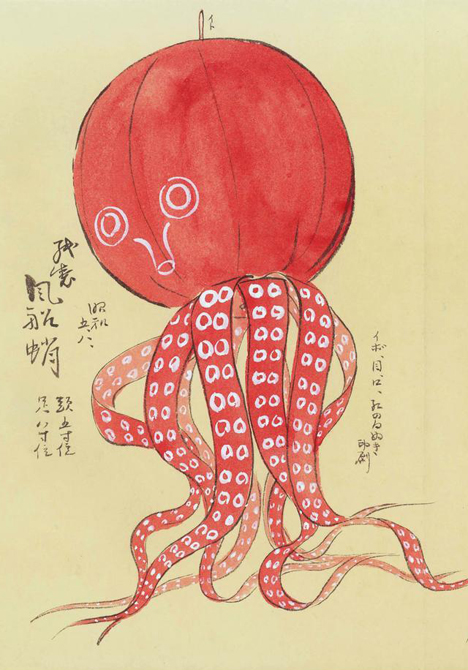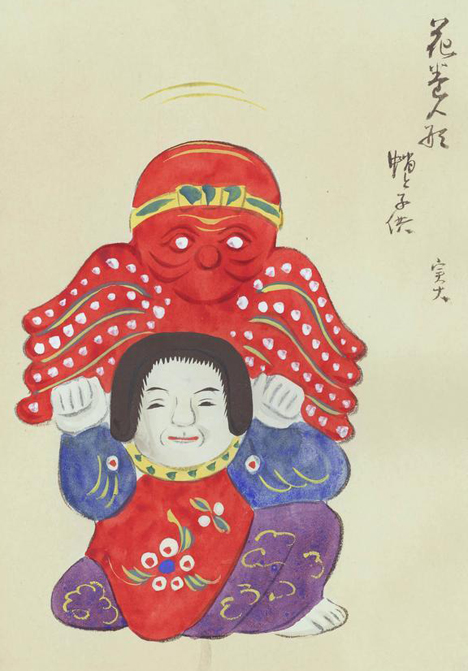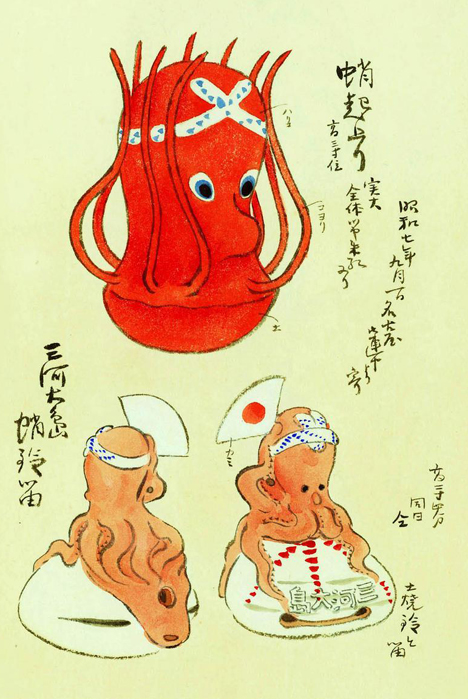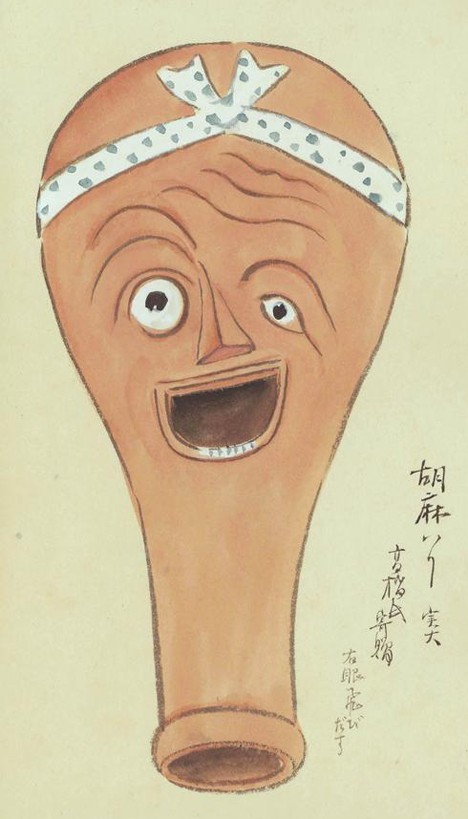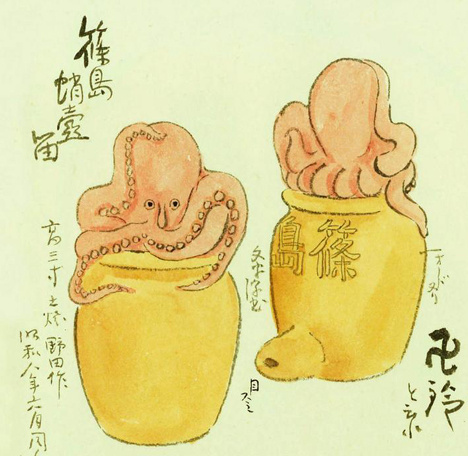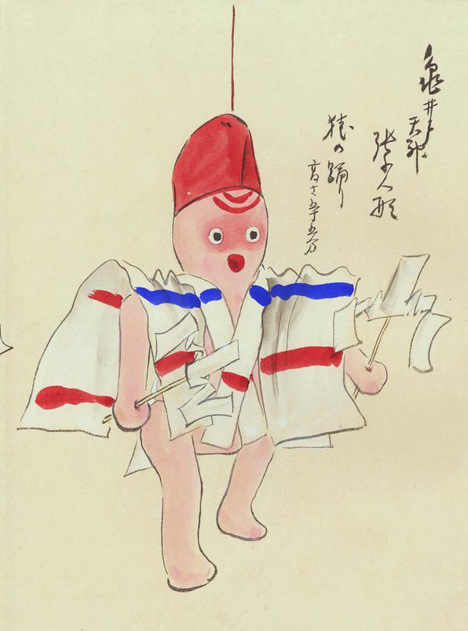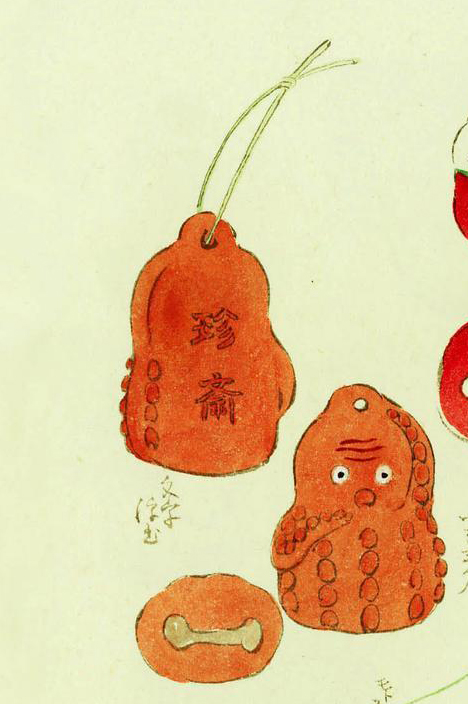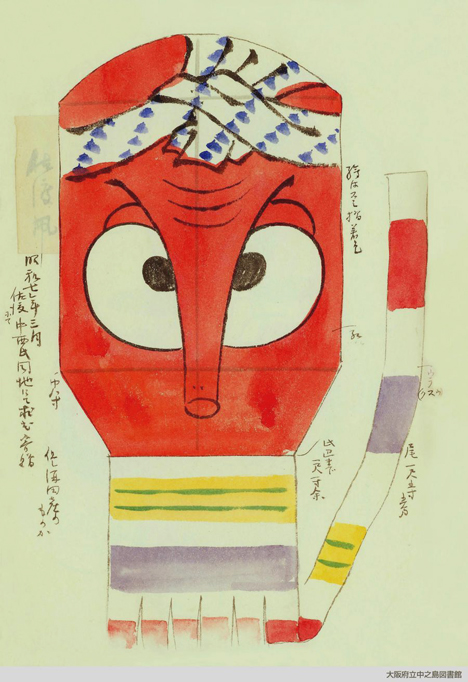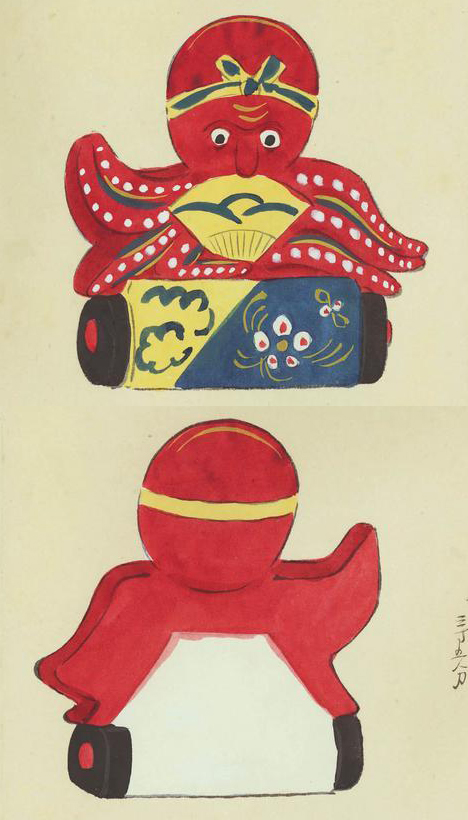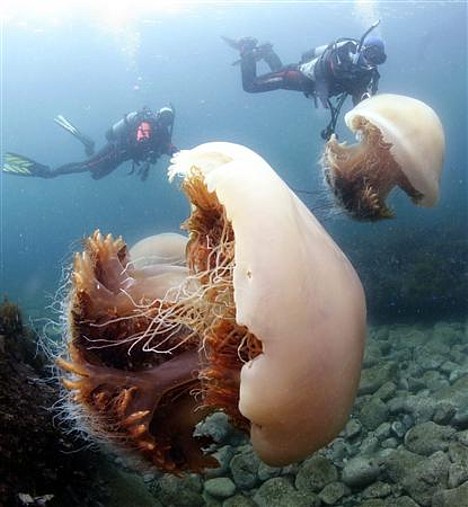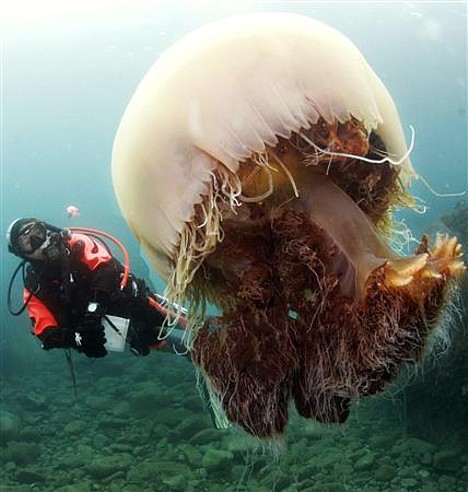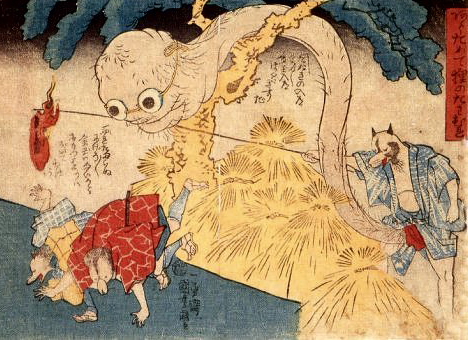Whether it's genetically-modified mutant chickens or burgers made of eyeballs, tales of tainted fast food are favorite fodder for urban legends. In Japan, one juicy rumor claims that a popular gyūdon (beef on rice) restaurant chain secretly substitutes its beef with the meat of the ririkan, a type of giant rat from Australia.

Where's the beef?
Considering that the ririkan is a nonexistent animal and there are no high-profile rodent farming operations in Australia, it is safe to assume this claim is false -- but how did the rumor get started?
One contributing factor might be that fast-food gyūdon is so incredibly inexpensive in Japan. Low prices raise suspicions among consumers, leading some to conclude that cheap, low-grade alternatives are being substituted on the sly.
But why giant rats from Australia?
Perhaps it is simply a case of two separate facts becoming jumbled in the public's mind. First, Australia is seen as a cheap and plentiful source of meat. More than 70% of Japan's beef imports now come from Down Under, and the price is low. Second, the consumption of large rodents is not unprecedented in Japan. The nutria (Myocastor coypus) -- a large, rat-like rodent native to South America -- served as a source of food in Japan during the lean war years.
The short-lived love affair with the nutria began in 1939, when the Japanese military imported 150 of the animals from France. A large-scale breeding effort was launched with the aim of creating a cheap supply of meat and fur, and by 1944 the nation's nutria population had reached an estimated 40,000.

Wild nutria in Hyōgo prefecture. Itadakimasu!
After the war, however, the demand for nutria meat and fur evaporated. Nutria farms shut down, and many animals were released into the wild, where they thrived. Decades later, nutria populations have become established in various parts of Japan, with the largest numbers found in western Honshū (though sightings have been reported as far east as Chiba prefecture). Today, the nutria is regarded as an invasive species that spoils the landscape, interferes with rice and barley farming, and threatens the habitat of an endangered dragonfly (Libellula angelina). In Okayama prefecture, which boasts the largest nutria population, as many as 2,000 of the animals are captured and killed each year in organized culling operations.
Nutria meat is no longer eaten in Japan, but the fact that the animal looks like a giant rat and once appeared on dinner tables might add a touch of plausibility to rumors of rodent flesh being served up at fast-food gyūdon restaurants (though it does nothing to explain the origin of the word "ririkan").
Whatever the source of the ririkan rumors, scholars suggest that talk of tainted fast food is an inevitable by-product of our modern-day appetite for convenient (and less healthy) food over traditional home-cooked meals. In addition to demonstrating the importance of fast food in our consumer-driven culture, these stories also reveal a lingering mistrust of the large corporations that manufacture the stuff we eat.
[Note: This is the latest in a series of weekly posts on Japanese urban legends. Check back next week for another report.]

